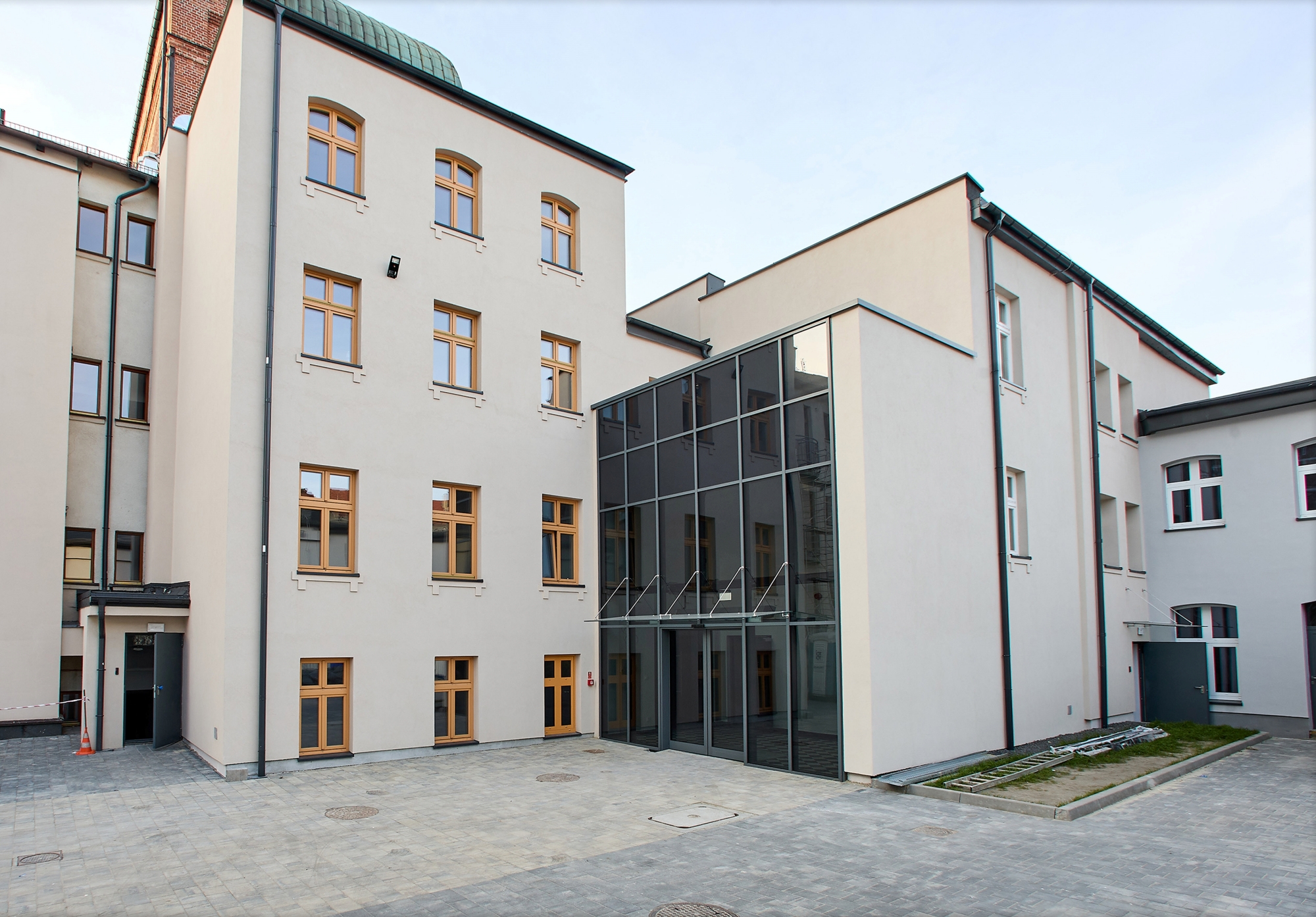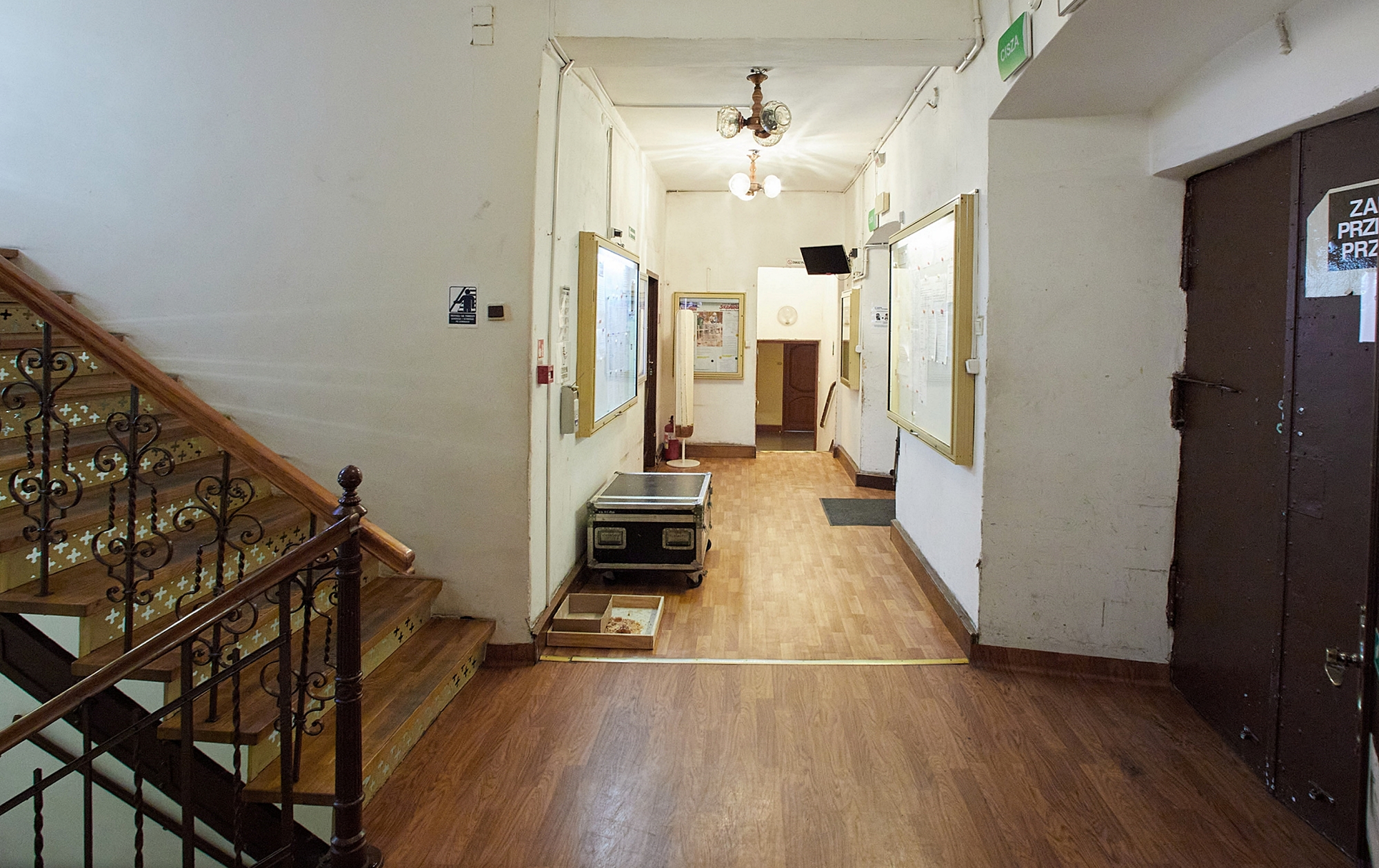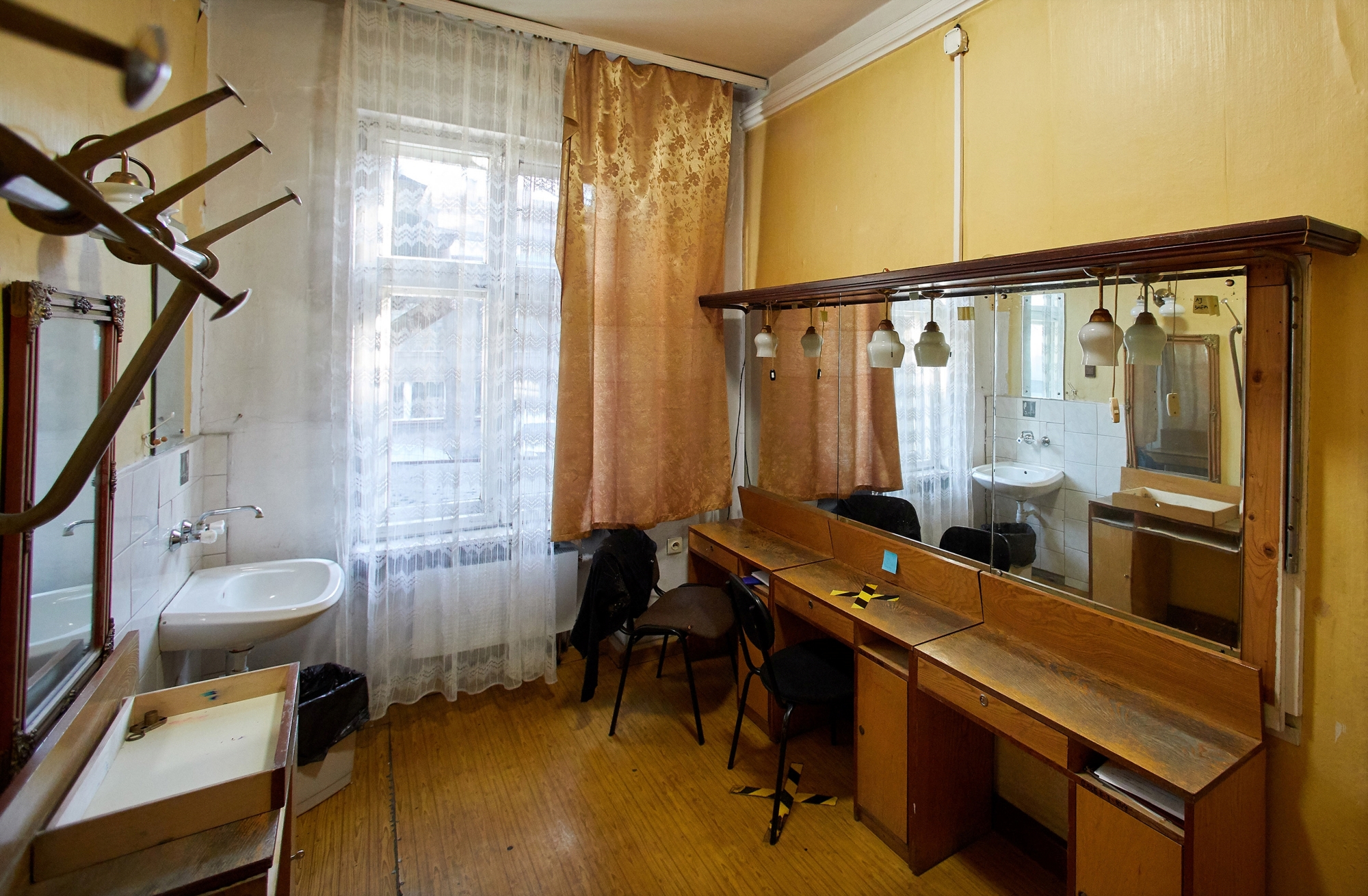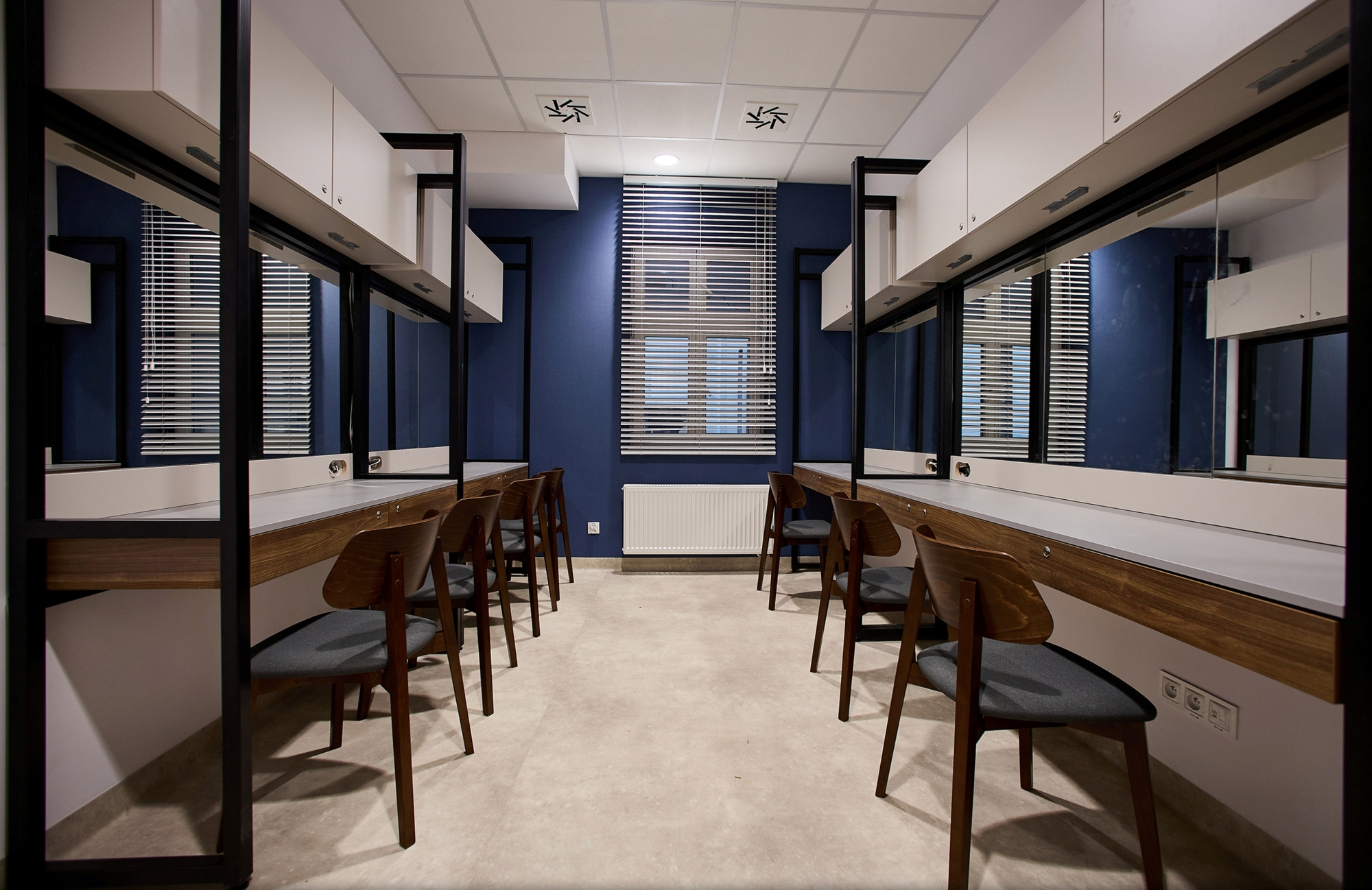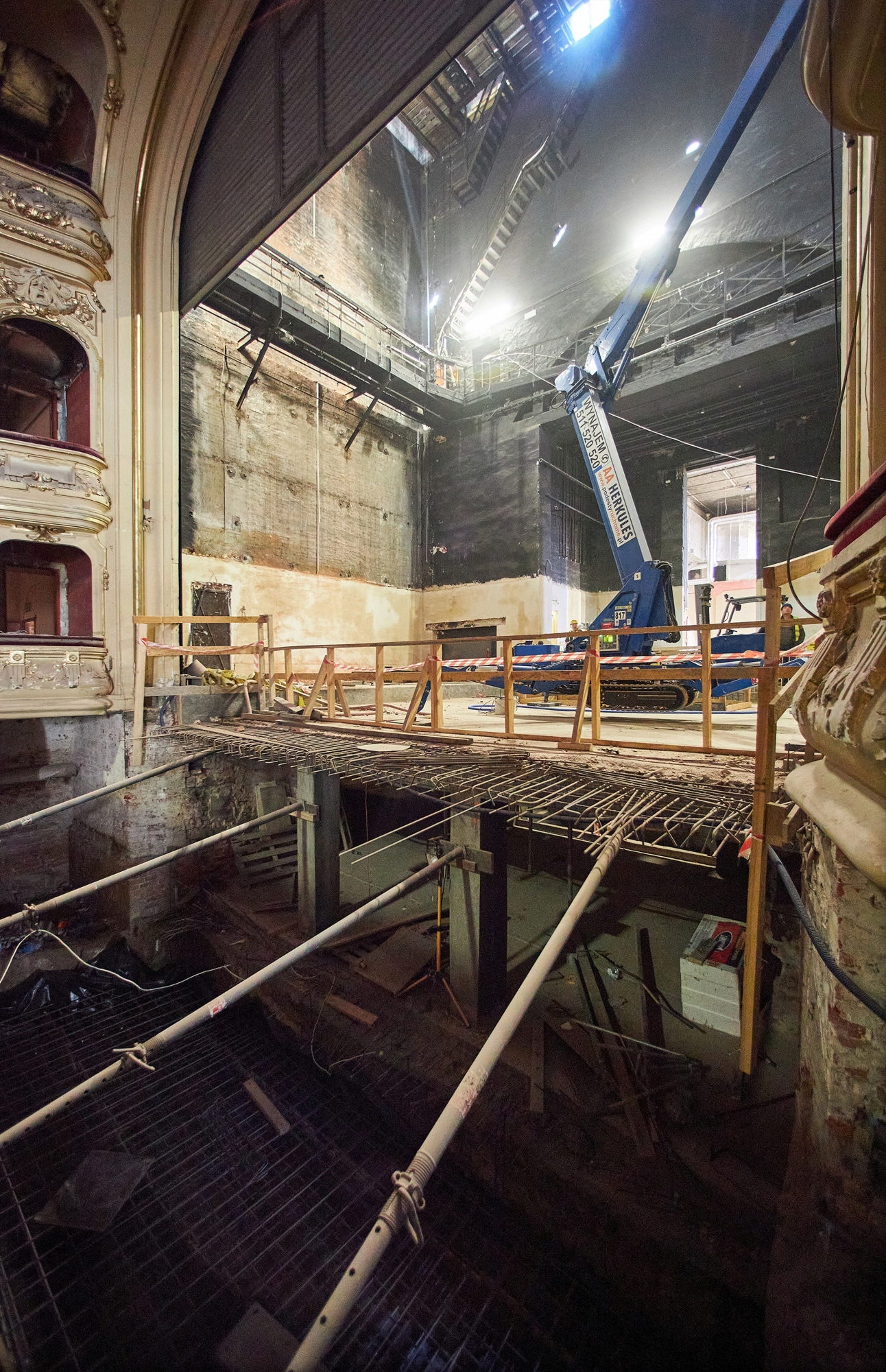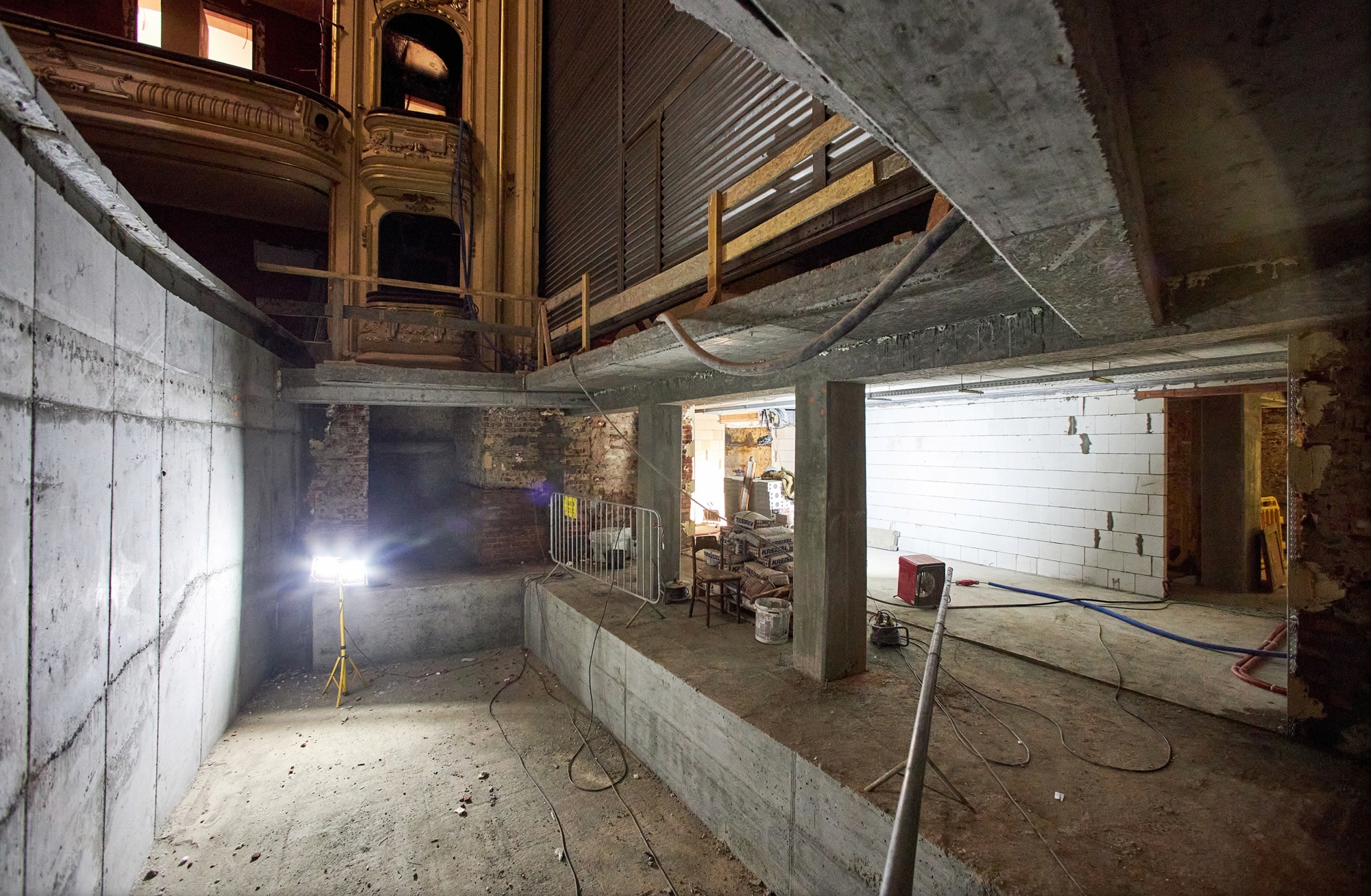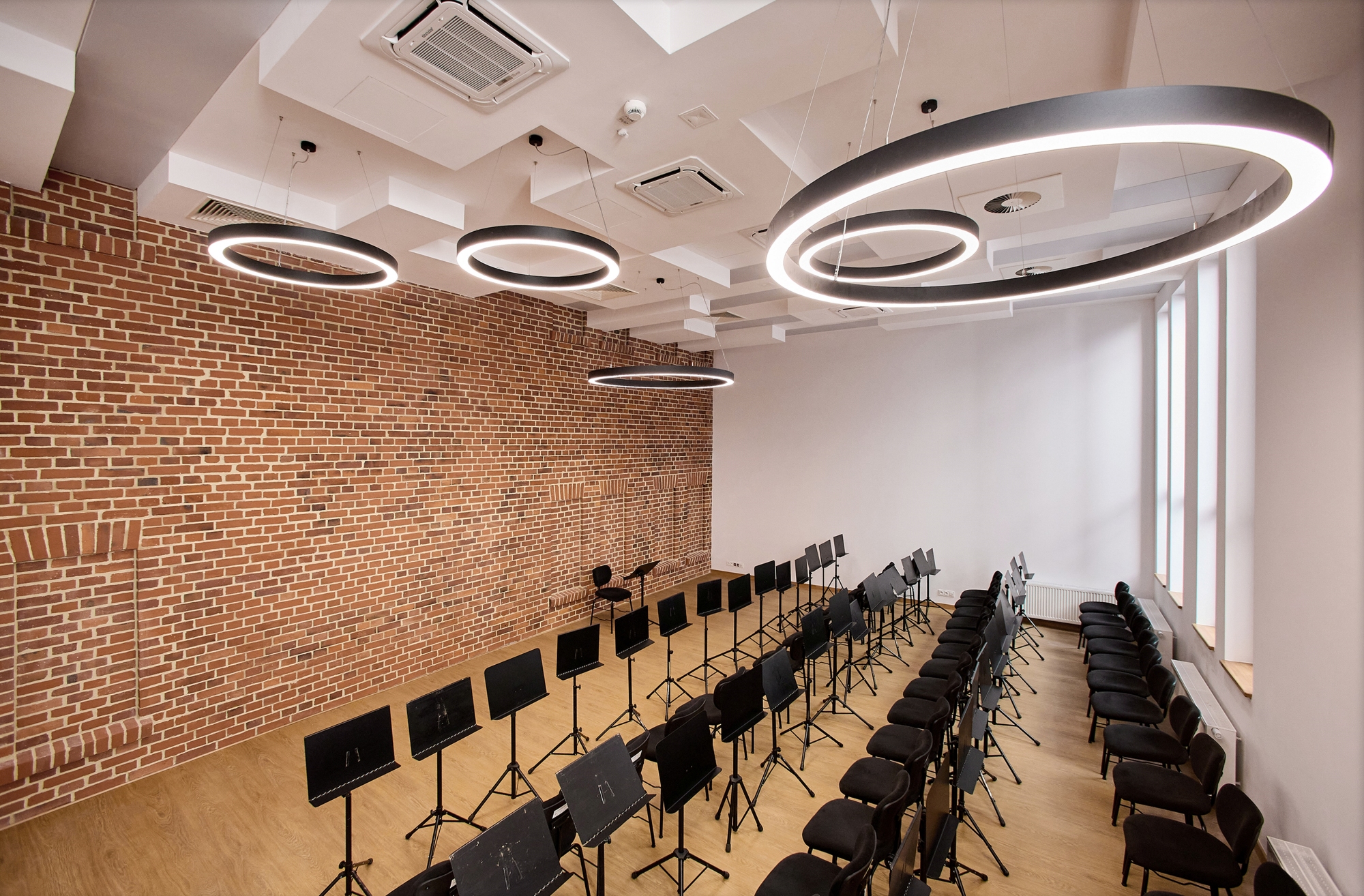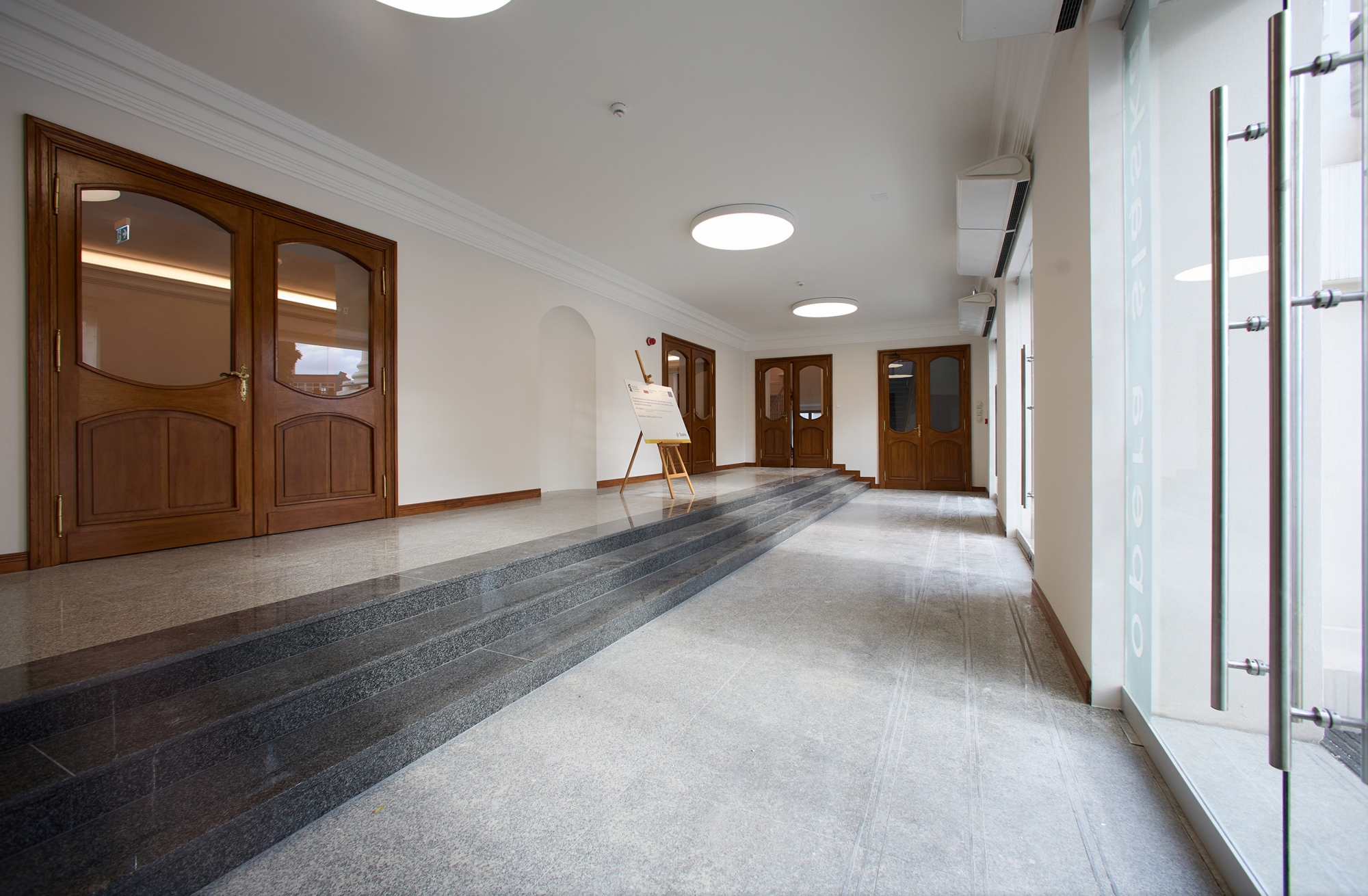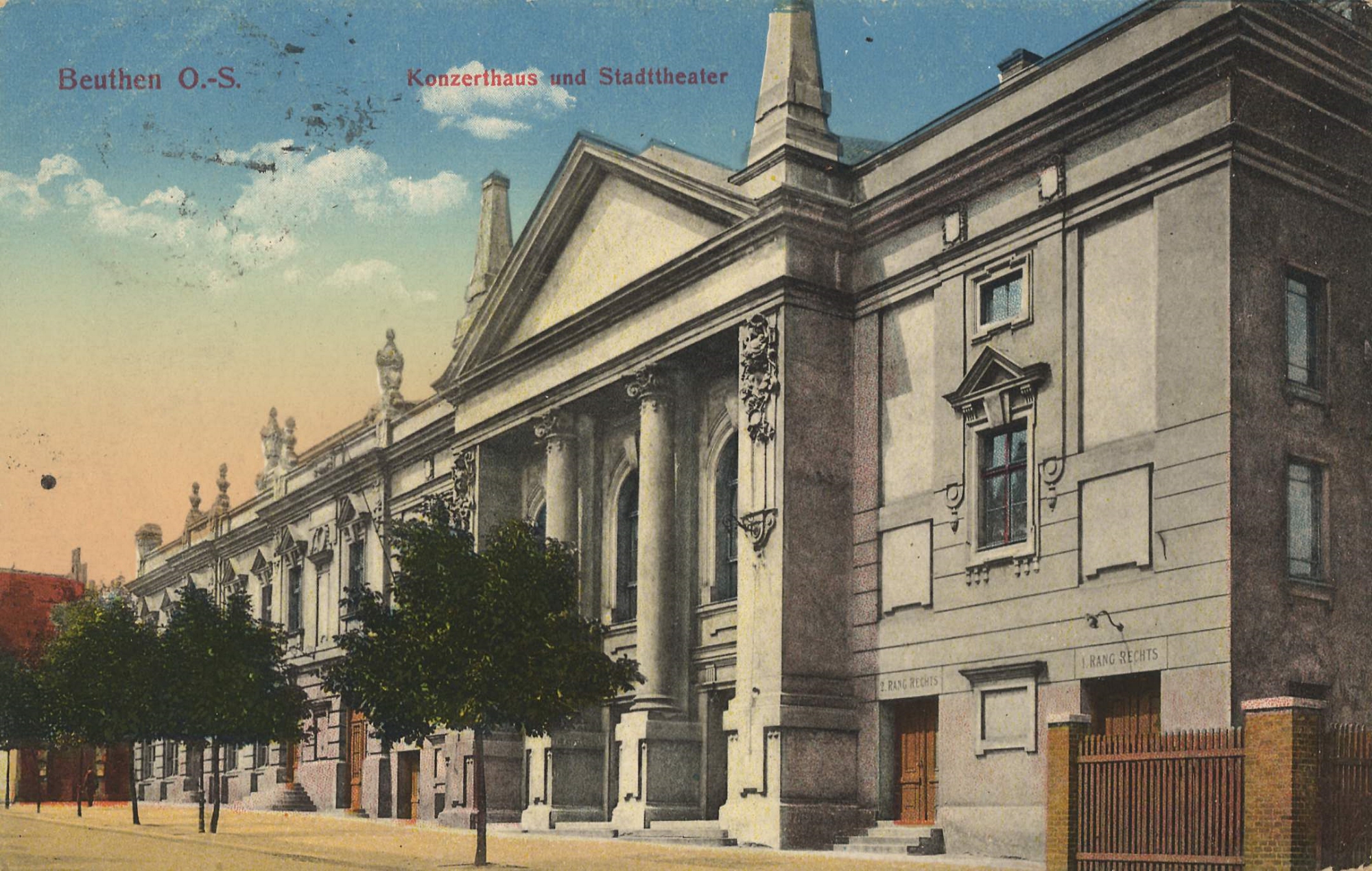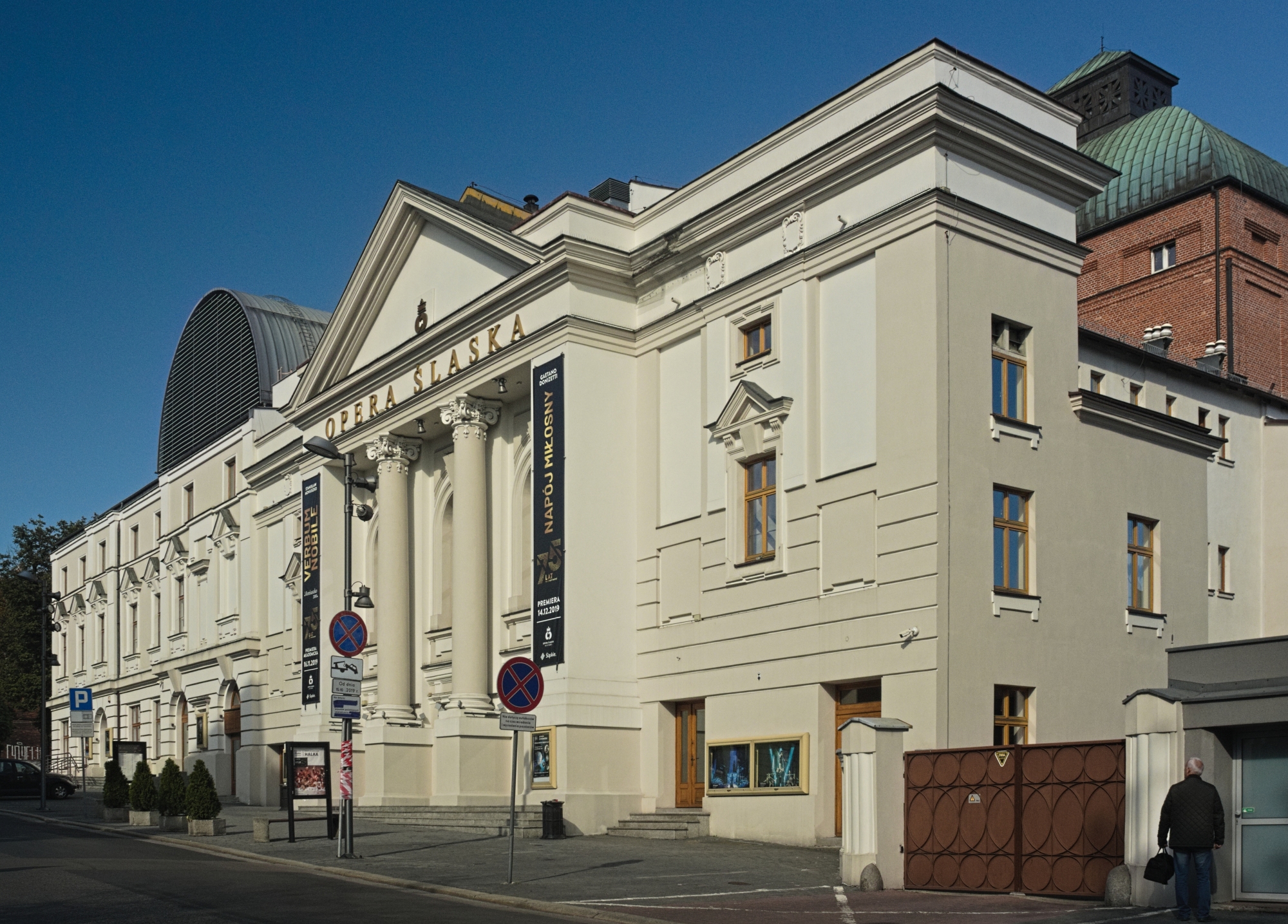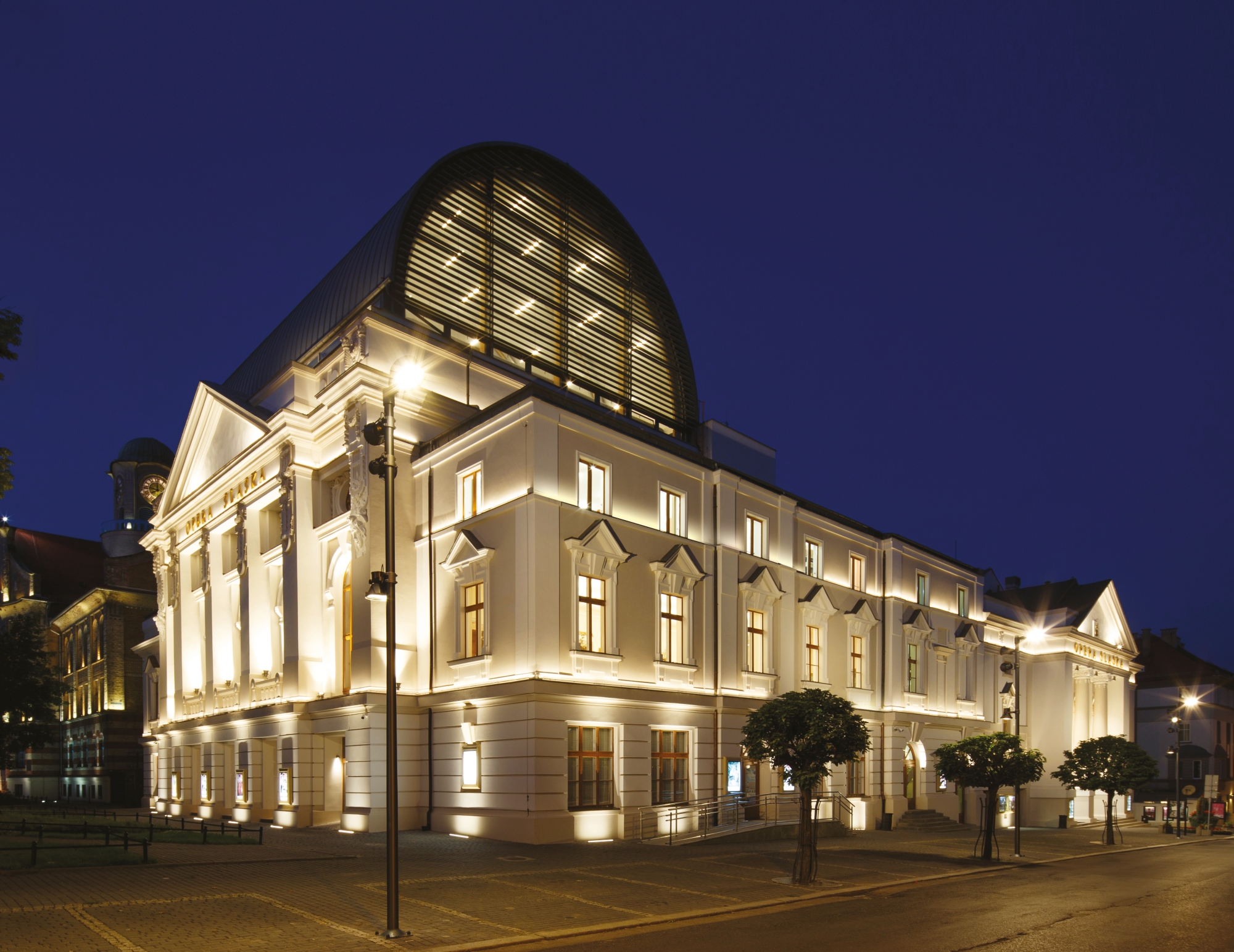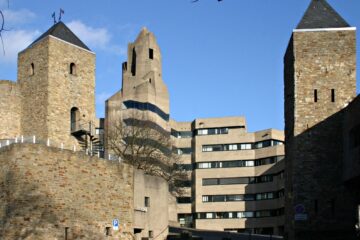The Silesian Opera House has undergone a major refurbishment. This is a historic moment for the Bytom theatre, and one of the most important investments made in Silesia in recent years. The renovation of the institution began in 2022. An area covering more than 6,000 square metres was subject to reconstruction! Construction, restoration and conservation works were carried out as part of the investment. Their aim was to increase work safety and fire protection, but also the attractiveness of the building and the technical possibilities of the performances
– The heart of the theatre was comprehensively rebuilt – the stage, which can hold up to 110 tonnes of decorations! A “lifting orchestra pit”, i.e. an orchestra pit latch, was also installed. The stage is also equipped with a revolving mechanism, modern lighting and a virtual acoustics system,” says Łukasz Goik, Director of the Silesian Opera in Bytom
Photo: Silesian Opera in Bytom

Interestingly, such a sound system is only available in a dozen theatres in Europe (e.g. the Royal Opera House in London, Malmö Opera in Sweden, Staatstheater Braunschweig in Germany). The installed loudspeakers are designed not only to amplify the voice, but also to distribute it evenly throughout the hall. – This creates the illusion that the listener is in a virtual acoustic environment, which is completely different from the space they are currently in,” emphasises the Director of the Silesian Opera
The courtyard of the opera house before and after modernisation. Photo: Silesian Opera in Bytom
The foyer before and after the renovation. Photo: The Silesian Opera House in Bytom
The renovated auditorium and foyer have also gained a new face. The gilding and stucco elements from a century ago were restored in these areas. More than 4,000 gold flakes were used to complete this sentence. The steel link between the Opera and Philharmonic buildings was replaced by a new one – in a reinforced concrete and masonry construction. A new choir room was built and the dressing rooms for soloists, orchestra and choir were completely modernised. As part of the investment, a new transformer was installed, the ceiling, technical galleries and balconies within the stage area were constructed. In the interest of safety in the building, fire protection was modernised. The building was fully equipped with ventilation and air conditioning. The renovation was controlled by the Provincial Conservator of Monuments, as the building has been listed in the register of monuments since 1997. The general contractor for the renovation is ALSTAL Grupa Budowlana
Soloists’ dressing rooms past and present. Photo: Silesian Opera in Bytom
One of the soloists’ dressing rooms before and after modernisation. Photo: Silesian Opera in Bytom
The value of the project entitled “Carrying out conservation, restoration and construction works to increase the attractiveness of the Silesian Opera and protect its cultural heritage” ultimately amounted to PLN 62 million. The value of the project’s co-financing from European Union funds is approximately PLN 21 million, and PLN 700 thousand from the Government Fund for Local Investment
The building of the Silesian Opera in Bytom was erected between 1898 and 1901. The neo-classical building was originally the seat of the municipal theatre, and also had a concert hall and meeting rooms for social organisations. Since 1945, it has been the seat of the Silesian Opera. Over the course of several decades, the building has undergone numerous renovations and modifications, including reconstruction according to a design by Hans Poelzig. In 2000, the building was partially damaged by fire, which affected, among other things, the modern form of the roof crowning the western part
on 9 December, Giuseppe Verdi’s Masked Ball will be presented under the direction of Tomasz Tokarczyk and directed by Anna Wieczur, with the participation of Małgorzata Walewska, Matheus Pompeu and the Soloists of the Silesian Opera. This will be the first premiere performance after the renovation
Source: opera-slaska.pl
Read also: Architecture | Metamorphosis | Renovation | Interior | Monument | Architecture in Poland | Bytom


